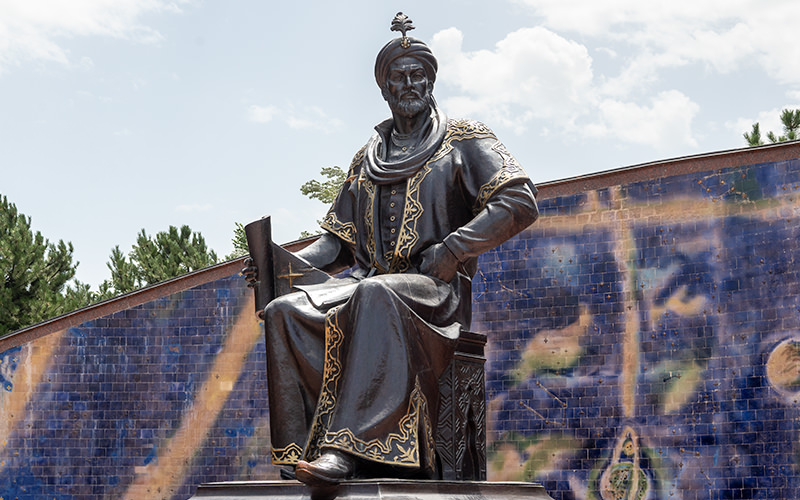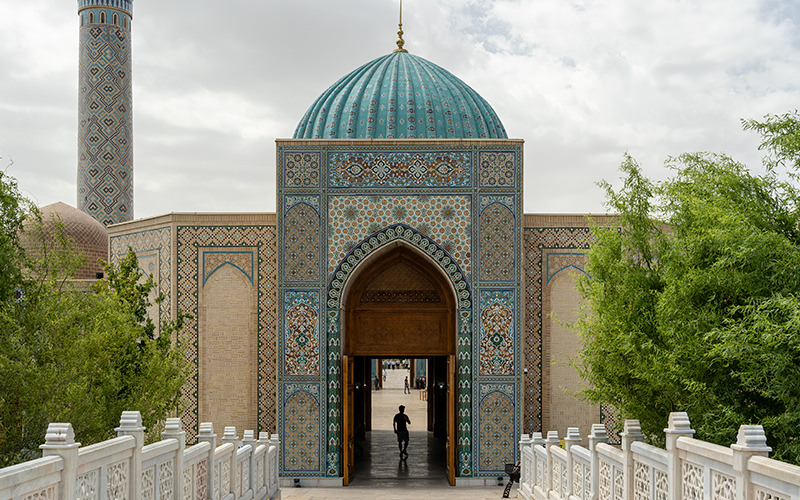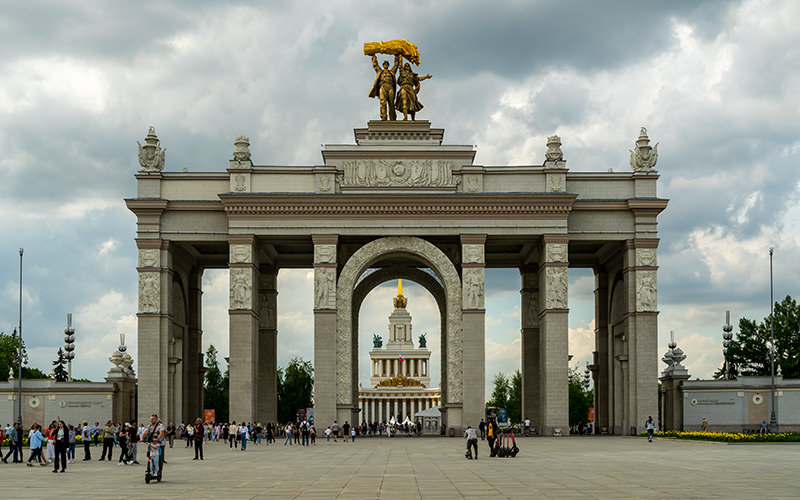During a long layover in Beijing, I had enough time to leave the airport and explore a few interesting places in the Chinese capital. One of the landmarks on my route was the Temple of Heaven complex, one of the largest surviving religious sites of ancient China.
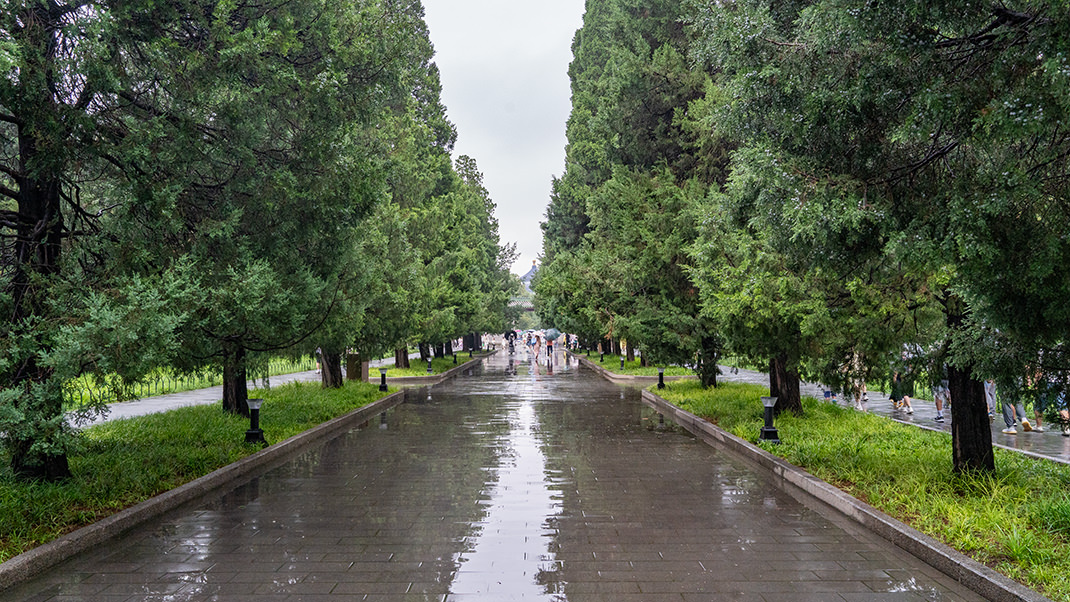


History of the site
The Temple of Heaven (Tiantan) was built during the reign of Emperor Yongle between 1406 and 1420 — at the same time as the Forbidden City. Initially, this architectural ensemble was called the Temple of Heaven and Earth, but by 1530 an Altar of Water for worship of Earth was built in the city, and the name was shortened to “Temple of Heaven.”
The Temple of Heaven is a large enclosed area with several religious structures and an unusual layout: the northern part is bounded by a circular wall, while the southern side of the ensemble is rectangular. Guidebooks note that these shapes reflected the principles of Yin and Yang.
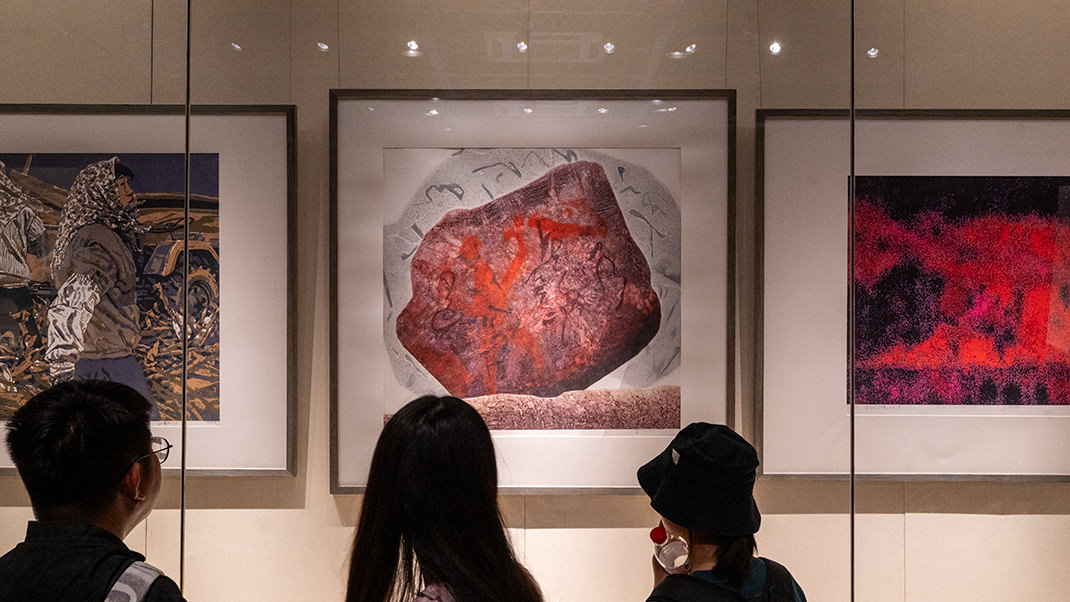

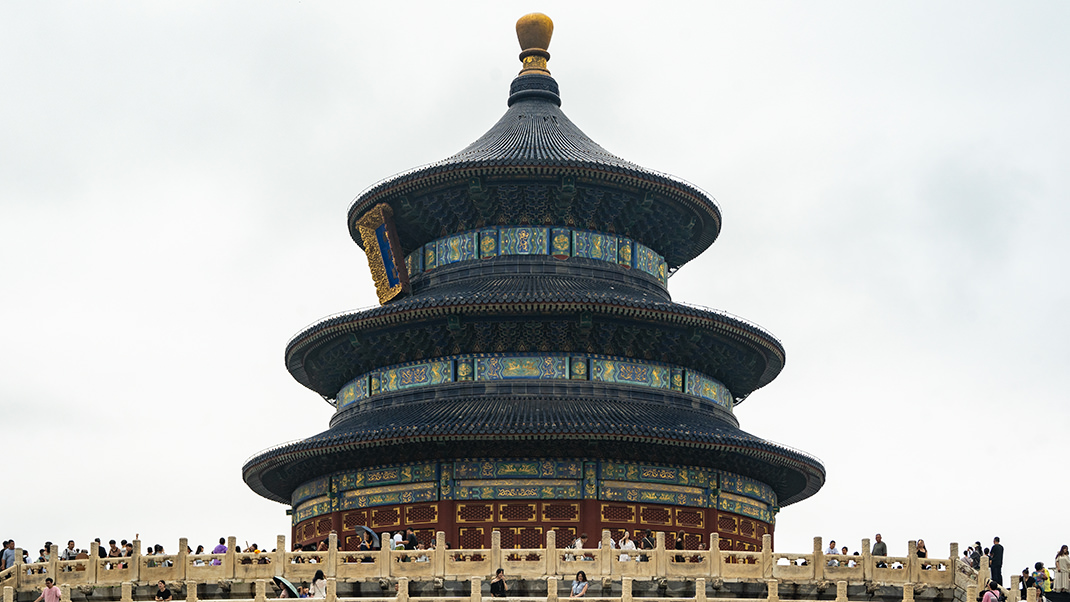

I started my walk with the main building of the complex, known as the Hall of Prayer for Good Harvests. This is a large circular structure with a multi-tiered roof. In the past, the upper levels of the temple were covered with tiles in blue, yellow, and green — symbolizing heaven, imperial power, and the earth with its people. After a reconstruction in the mid-18th century, all tiers of the roof became a single color.
The Hall of Prayer for Good Harvests is probably the most visited building of the complex, and on the day of my visit, it was quite crowded. Guests can climb the stairs up to the building and look at the interiors of the hall, but entry is prohibited.
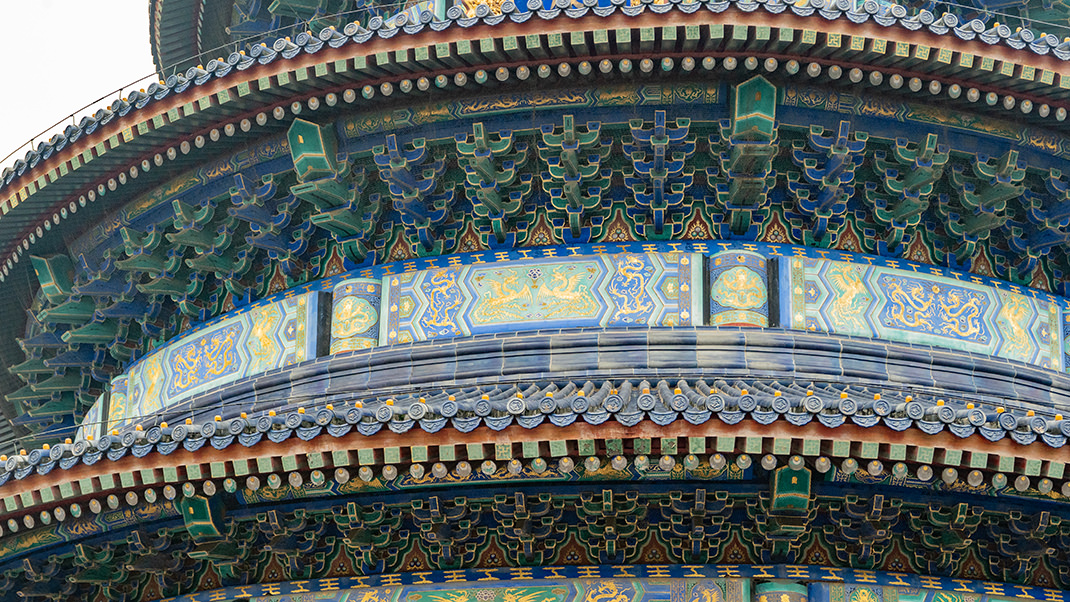
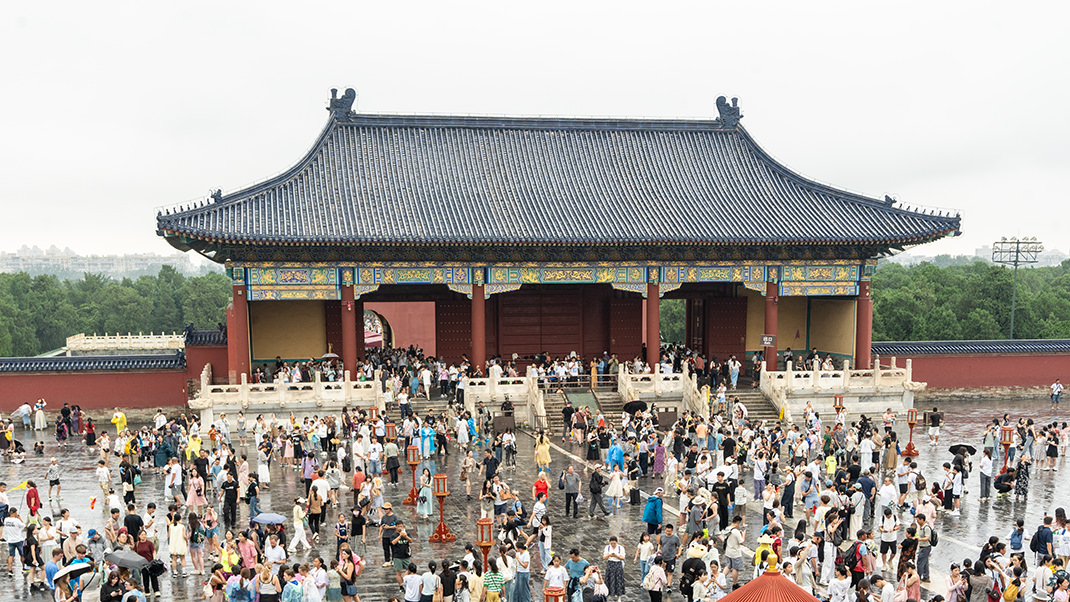
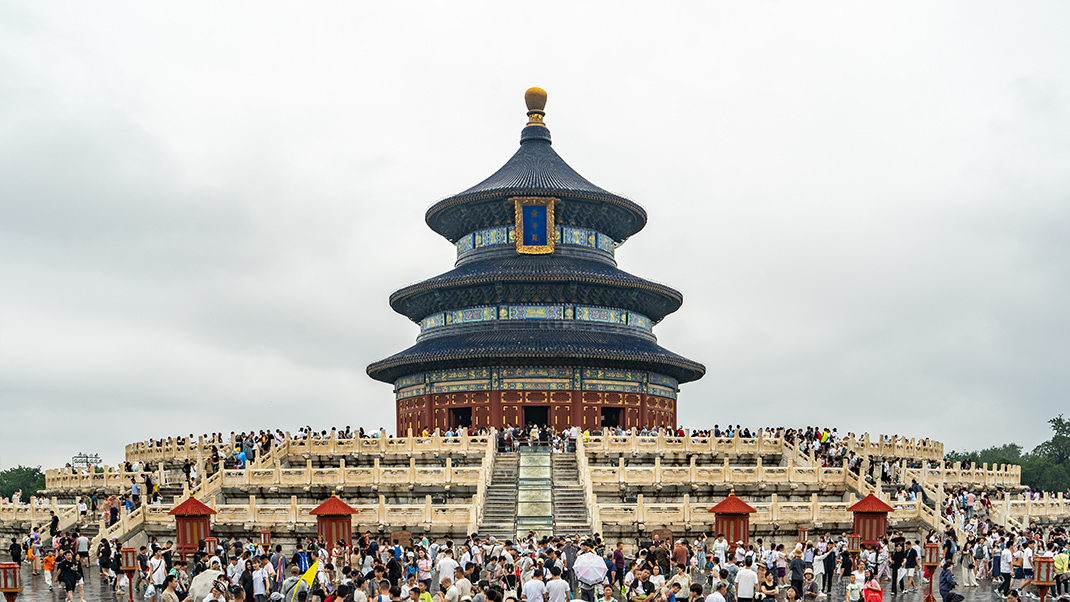
After viewing the hall, I headed to the southern structures of the complex. The next building on my route was the Imperial Vault of Heaven, where ceremonial and ancestral tablets of high-ranking state officials were kept. The structure is surrounded by the so-called Echo Wall, or Whispering Wall. I had read that thanks to the circular shape of the building, a voice on one side could be heard on the other. To me, it didn’t seem to work: despite many people talking, it was quiet by the wall.
Further north lies the Circular Mound Altar, which served as a site for sacrifices to Heaven. The altar was built in 1530, and ceremonies were held there until the early 20th century. The ritual began with ceremonial dressing, after which fires were lit in furnaces, torches were kindled, and various animals were sacrificed.
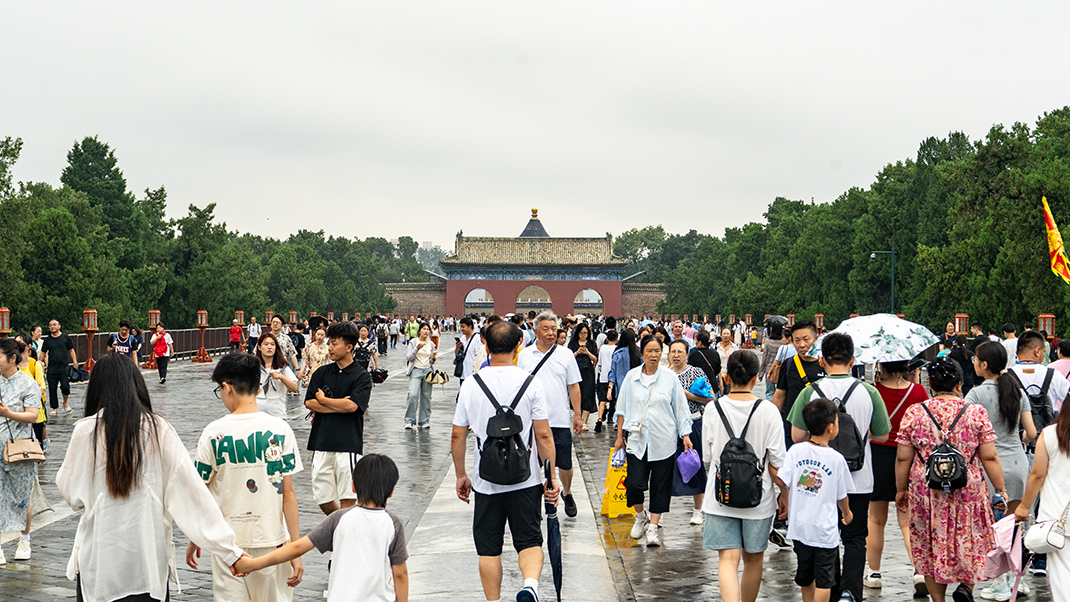

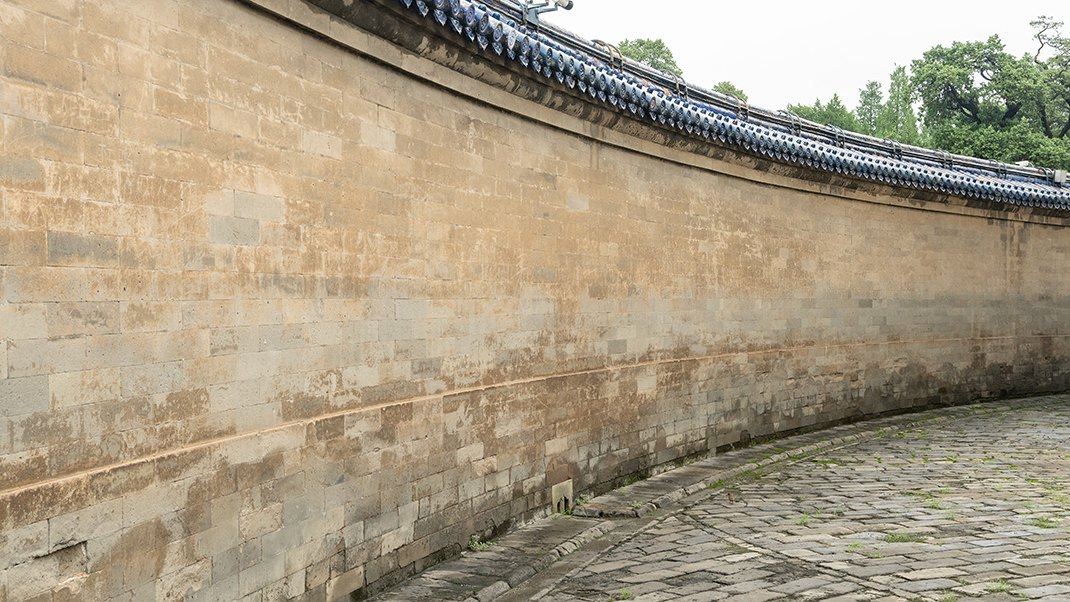
How to get there by metro
I traveled to the temple from the Summer Palace. The starting point of the trip was Xi Yuan Station, and the final stop was Temple of Heaven East Gate Station, with the journey taking about an hour. Metro routes are easy to plan with the MetroMan app.
The entrance fee to the complex in summer 2025 was 34 yuan per person. While at the Summer Palace I was able to pay with an international bank card, here I had to use the Alipay app. A passport was required for the ticket, so it’s better to prepare it in advance.
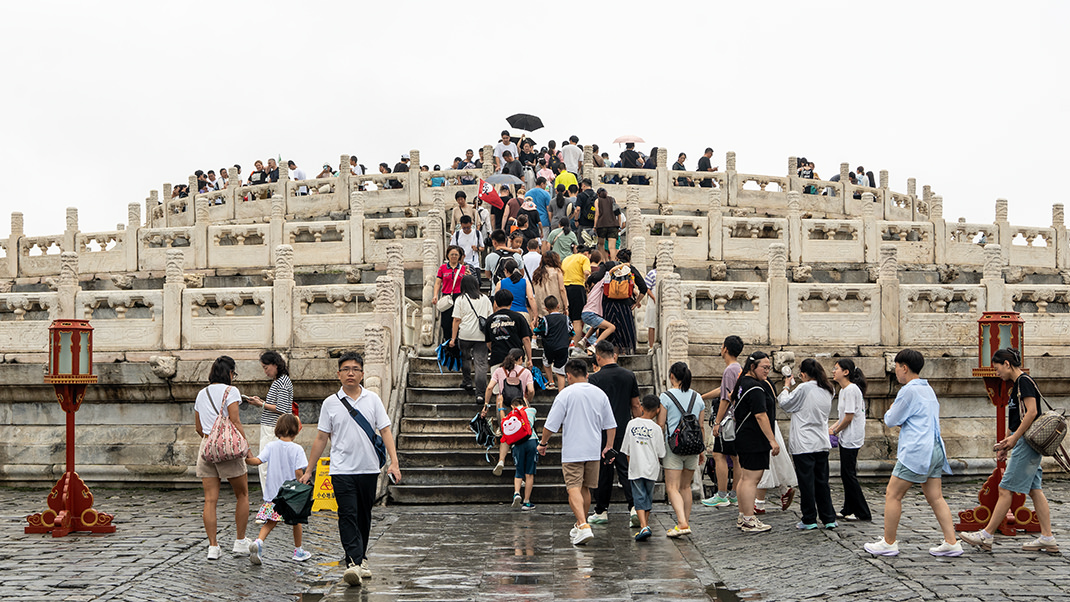
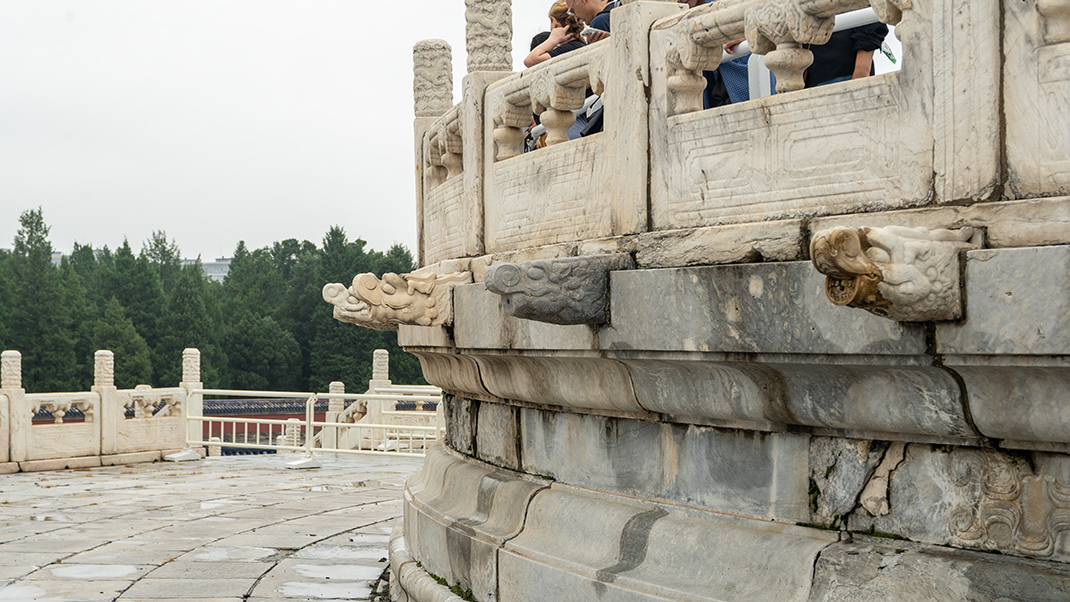

With this, I conclude my short series of stories about my first acquaintance with China. For those who are just planning a trip here, I suggest reading the overview article about traveling in Beijing.
Have a nice trip!


